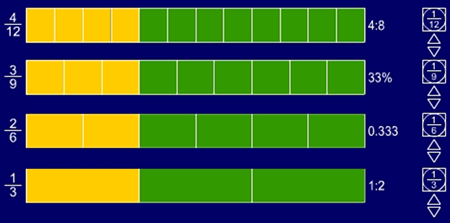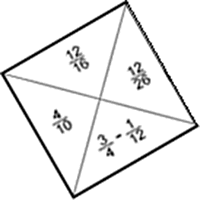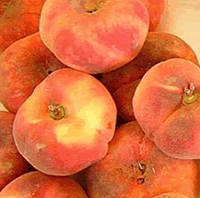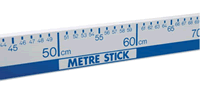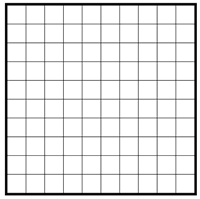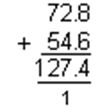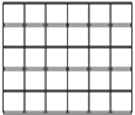- National Curriculum Tool
- Year 5 - Fractions (including decimals and percentages)
Year 5 - Fractions (including decimals and percentages)
New Curriculum
- compare and order fractions whose denominators are all multiples of the same number
- identify, name and write equivalent fractions of a given fraction, represented visually,including tenths and hundredths
- recognise mixed numbers and improper fractions and convert from one form to the other and write mathematical statements >1 as a mixed number[for example,2⁄5+4⁄5=6⁄5= 11⁄5]
- add and subtract fractions with the same denominator and denominators that are multiples of the same number
- multiply proper fractions and mixed numbers by whole numbers, supported by materials and diagrams
- read and write decimal numbers as fractions [for example, 0.71 =71⁄100]
- recognise and use thousandths and relate them to tenths, hundredths and decimal equivalents
- round decimals with two decimal places to the nearest whole number and to one decimal place
- read, write, order and compare numbers with up to three decimal places
- solve problems involving number up to three decimal places
- recognise the per cent symbol (%) and understand that per cent relates to ‘number of parts per hundred’, and write percentages as a fraction with denominator 100, and as a decimal
- solve problems which require knowing percentage and decimal equivalents of 1⁄2, 1⁄4,1⁄5, 2⁄5 and those fractions with a denominator of a multiple of 10 or 25.
Non-Statutory Guidance
Pupils should be taught throughout that percentages, decimals and fractions are different ways of expressing proportions.
They extend their knowledge of fractions to thousandths and connect to decimals and measures.
Pupils connect equivalent fractions > 1 that simplify to integers with division and other fractions > 1 to division with remainders, using the number line and other models, and hence move from these to improper and mixed fractions.
Pupils connect multiplication by a fraction to using fractions as operators (fractions of), and to division, building on work from previous years. This relates to scaling by simple fractions, including fractions > 1.
Pupils practise adding and subtracting fractions to become fluent through a variety of increasingly complex problems. They extend their understanding of adding and subtracting fractions to calculations that exceed 1 as a mixed number.
Pupils continue to practise counting forwards and backwards in simple fractions.
Pupils continue to develop their understanding of fractions as numbers, measures and operators by finding fractions of numbers and quantities.
Pupils extend counting from year 4, using decimals and fractions including bridging zero, for example on a number line.
Pupils say, read and write decimal fractions and related tenths, hundredths and thousandths accurately and are confident in checking the reasonableness of their answers to problems.
They mentally add and subtract tenths, and one-digit whole numbers and tenths.
They practise adding and subtracting decimals, including a mix of whole numbers and decimals, decimals with different numbers of decimal places, and complements of 1 ( for example, 0.83 + 0.17 = 1).
Pupils should go beyond the measurement and money models of decimals, for example, by solving puzzles involving decimals.
Pupils should make connections between percentages, fractions and decimals(for example, 100% represents a whole quantity and 1% is 1⁄100, 50% is 50⁄100, 25% is 25⁄100) and relate this to finding ‘fractions of’.
